Changing desktop environment in Pop!_OS
I’ve used many different distributions of GNU/Linux over the last (gosh!) 23 years, from Red Hat Linux as a 16 year-old through Mandrake, Fedora, Ubuntu, elementaryOS, and now Pop!_OS.
No matter which distribution you use, there are an infinite number of ways to customise Linux. One of the easiest ways to do this is to change desktop environment. The gallery at the Wikipedia page on desktop environments shows the sheer diversity of approaches in offer.
Not only do desktop environments change the look and feel of operating systems, they also affect the amount of resources being used, and therefore how responsive your system feels in practice.
I like the default desktop environment in Pop!_OS but I’m always experimenting with my setup to improve it. So when I stumbled across this page on the System76 website (the people behind Pop!_OS) I decided to give other desktop environments a try.
It’s important to inform those who have never tried this that all that’s happening here is a change in the final layer between you and the operating system. As such, your files remain untouched, and all of your browser settings (for example) remain the same. In fact, you could change desktop environments every time you logged on, should you wish.
I tried KDE Plasma again and Cinnamon, the latter being the default desktop environment from Linux Mint. I followed the instructions from System76 and everything was very straightforward. Next time I logged in the options were there at the bottom-right.
I’m sticking with Cinnamon for now, as it feels snappy and is aesthetically pleasing. The great thing is that, should I change my mind, I can just switch to another one without having to reinstall the whole operating system!
This post is Day 39 of my #100DaysToOffload challenge. Want to get involved? Find out more at 100daystooffload.com

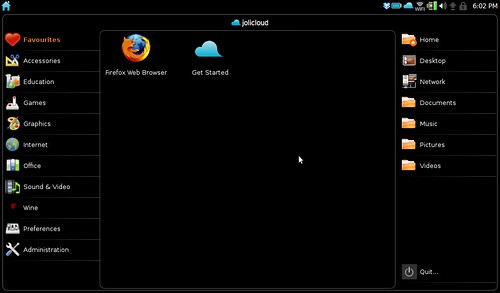
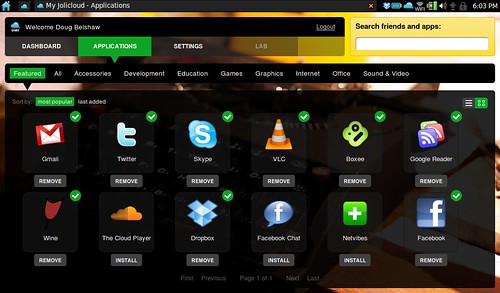
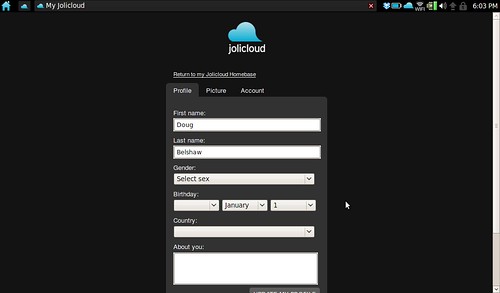
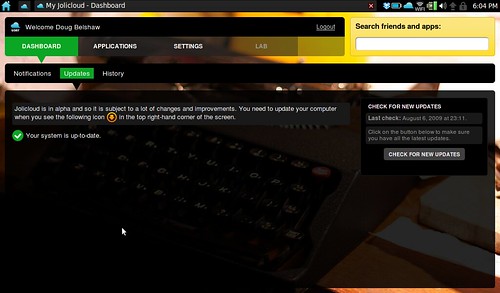
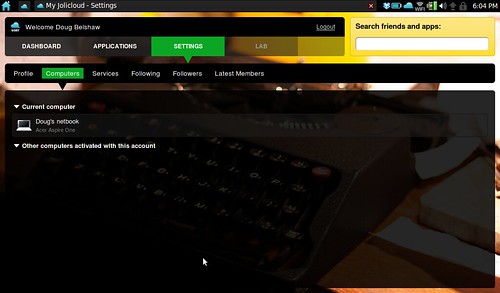
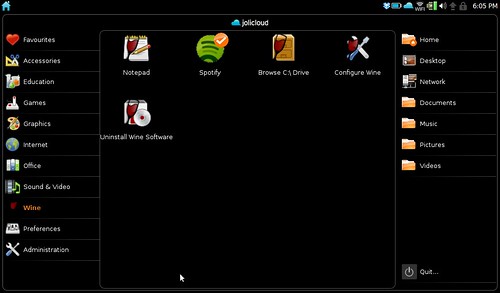
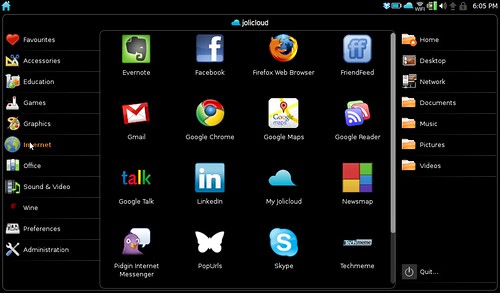
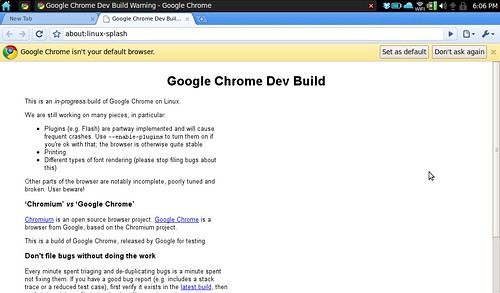
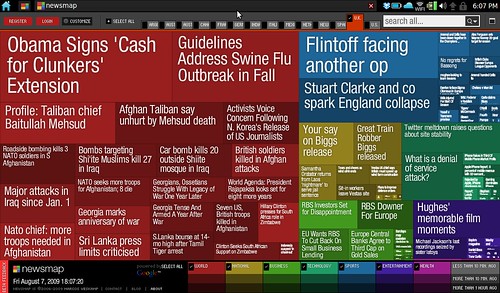
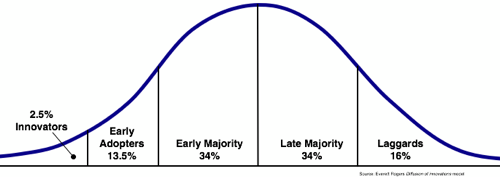
![Reblog this post [with Zemanta]](http://img.zemanta.com/reblog_e.png?x-id=1ae48bfb-0fb7-477d-9ab7-e9daa87fbdb8)